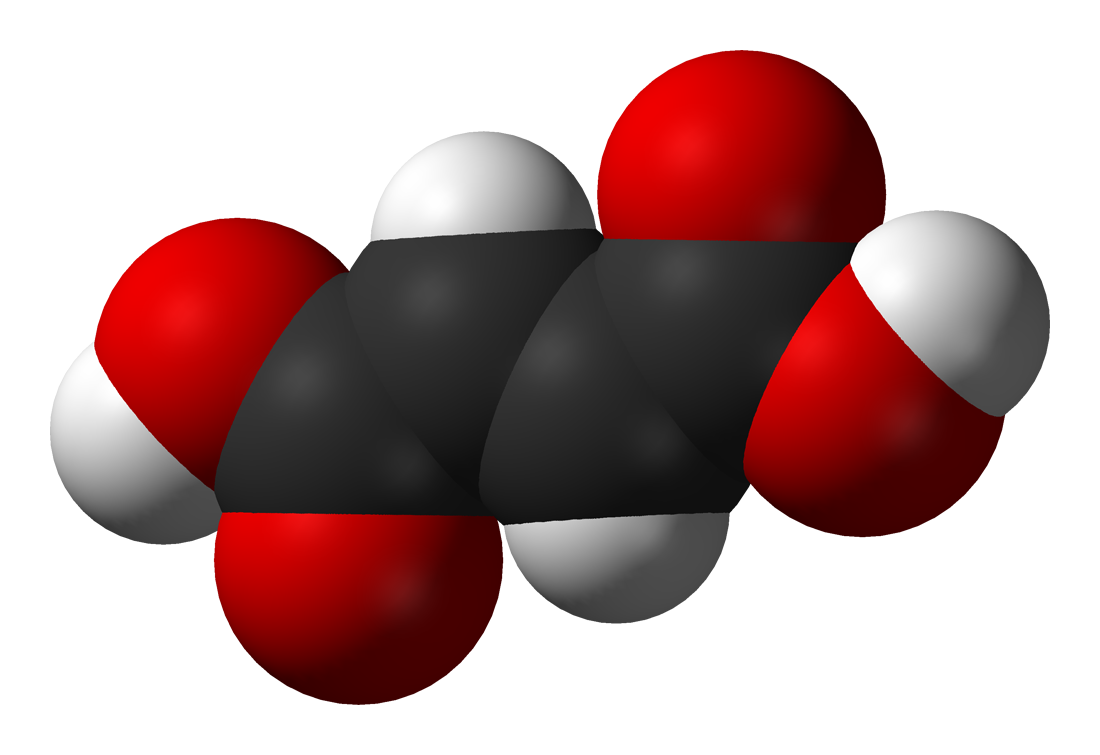Fumaric Acid: An Essential Organic Acid Compound

What is Fumaric Acid?
Fumaric acid is an organic acid that is produced in the metabolism of most living organisms. Its chemical formula is HO2CCH=CHCO2H. The acid is a white crystalline powder that is odorless and sour-tasting. It can be isolated from plants like lichens and fungi, and is also produced commercially from maleic acid. A key property of fumaric acid is that it has two carboxyl groups that are in the cis configuration, which makes it an important molecule for its chemical properties and uses.
Production Methods
While Fumaric Acid can be found naturally, it is primarily produced commercially through a hydration reaction using maleic acid as the starting material. Maleic acid is initially produced by the catalytic vapor phase oxidation of benzene or butane, yielding maleic anhydride as the primary product. Maleic anhydride is then hydrolyzed in water under heat to produce maleic acid. Fumaric acid is then created through an isomerization reaction where the double bond in maleic acid shifts from a trans to a cis configuration. Industrial fumaric acid production commonly utilizes this maleic acid route along with purification and crystallization steps to achieve purified fumaric acid.
Uses and Applications
One of the largest uses of fumaric acid is in unsaturated polyester resins which are utilized to manufacture items like fiberglass boats, automobile parts, and shower stalls. The acid contributes cross-linking ability which helps provide chemical and mechanical strength to the final products. It is also used as an acidity regulator in food production to adjust pH and titratable acidity. In baking, it can function as a leavening agent and improve dough tolerance. Pharmaceutically, fumaric acid and its esters have shown effectiveness for treating psoriasis and multiple sclerosis. As a feed additive, it aids in the digestibility of livestock feeds.
Fumaric Acid in Plastics
Due to its ability to act as a cross-linking agent, fumaric acid plays an important role in plastics manufacturing. Unsaturated polyester resins (UPRs) are a class of thermosetting plastics that use fumaric acid as the cross-linking agent. UPRs provide advantages like mechanical strength, corrosion resistance, and ability to reinforce with fibers. Areas where UPRs with fumaric acid see widespread use include glass-reinforced plastic products like pipes, storage tanks, boats, automobile parts, and bathtubs. Fumaric acid helps the molded UPR products provide excellent mechanical properties for withstanding pressure, impact and long term outdoor weathering.
As cross-linker, the fumaric acid molecules interact with vinyl or acrylic co-monomers in the UPR during curing or cross-linking. This process creates covalent bonds between polymer chains, yielding the final infusible and insoluble thermoset plastic structure. Therefore, inclusion of fumaric acid in proper ratio and curing conditions is vital for ensuring high quality and strength of finished UPR reinforced parts. Due to its reactivity and crosslinking function, fumaric acid remains an indispensable additive for producing many commercial thermoset plastic items.
Uses in Animal Nutrition
In animal feeds, fumaric acid serves as a rumen bypass acid that assists with improving nutrient digestibility and utilization. Ruminant animals like cattle have a rumen, a large first chamber of the stomach that contains symbiotic microorganisms assisting with digestion. However, these microbes can also break down some valuable nutrients like proteins and fats before the animal has a chance to absorb them fully.
Bypassing the rumen is important for maximizing the nutritional value of feed ingredients. As a rumen-stable organic acid, fumaric acid lowers rumen pH when consumed, creating an environment less favorable for microbial activity and allowing more nutrients to bypass breakdown in the rumen. This spares nutrients from degradation and lets more amino acids and fatty acids reach the small intestine for absorption. Studies show fumaric acid supplementation increasing weight gain and milk production in dairy cattle due to its positive effects on feed efficiency and digestibility. It is commonly included as a feed additive around 0.1-1.0% of total feed dry matter amount.
Current and Potential Future Uses
Beyond its widespread use in plastics, food applications, and animal feeds, fumaric acid continues to see innovative applications researched. Research is examining its potential as an environmentally-friendly alternative to hazardous chemicals like formaldehyde in resins. It also shows promise for improving skin health due to its anti-inflammatory properties, leading to development of fumaric acid ester drugs for psoriasis and multiple sclerosis. Studies even explore future usage as a building block in producingrenewable polyamide nylons and polyesters as a sustainable alternative to petroleum-based polymers. As technology progresses, fumaric acid seems poised to take on expanding roles in materials, pharmaceuticals, and other industries thanks to its unique versatility and eco-friendliness.
Get More Insights On Fumaric Acid
- Art
- Causes
- Crafts
- Dance
- Drinks
- Film
- Fitness
- Food
- Juegos
- Gardening
- Health
- Home
- Literature
- Music
- Networking
- Other
- Party
- Religion
- Shopping
- Sports
- Theater
- Wellness
- IT, Cloud, Software and Technology


